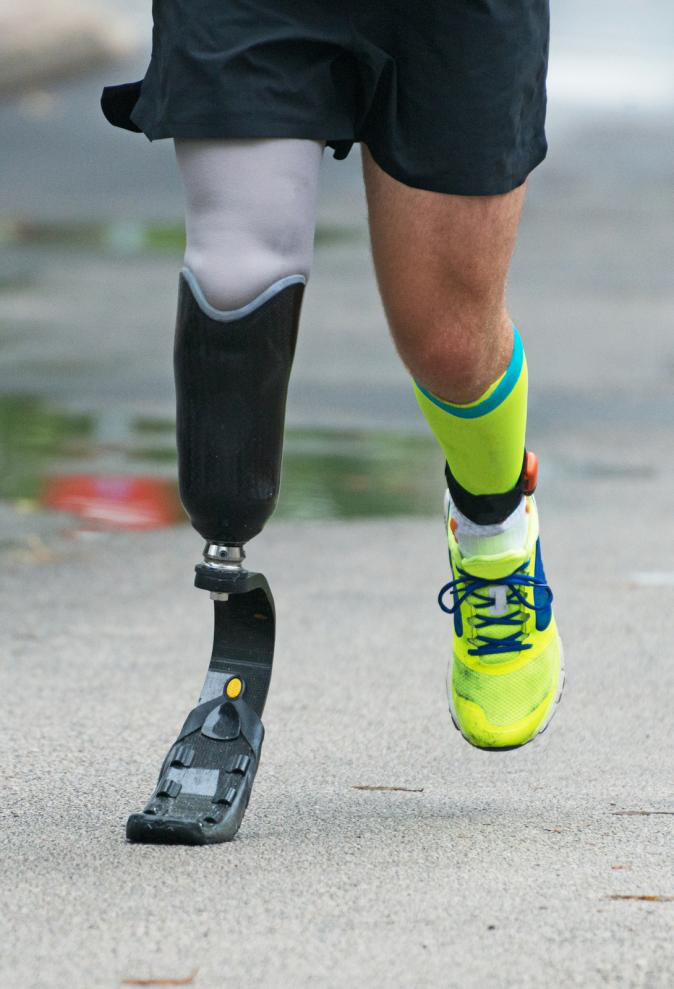The loss of a limb is a life-changing experience. It involves re-learning a list of things as you try to readjust to a new lifestyle altogether. With the help of prosthetic legs, though, you can still manage to move about the way you used to.
While prosthetic technology has come a long way, people who lose their legs still have to start over from scratch when it comes to learning how to walk and use their new limbs. Here are 3 things you need to know before you get a prosthetic limb.
You’ll Have To Wait for the Residual Limb to Heal
Before you get fitted for your prosthetic leg, you’ll have to wait for your residual limb to heal fully. This includes the time it takes for the swelling to reduce and for the residual limb to change in shape and size post-amputation. It can take many months before your residual limb is finally ready for a prosthetic. During this time, it’s imperative that you keep the area clean and keep it safe from further wounds and injuries.
“One Size Fits All” Does Not Apply
You won’t be provided a standard prosthetic leg after your surgery. Prosthetic legs are designed and customized to cater to each patient’s specific level of amputation. For instance, your prosthetic leg would depend on whether the amputation occurred at the hip, below the knee, near the ankle, or some other region.
The prosthetic itself is comprises different components such as the socket and the suspension system. These determine how the artificial limb will attach to your residual limb. Moreover, it’s highly likely that you’ll get multiple fittings over the course of your life and will have to keep changing the prosthetic as per your body’s requirements. Thus, there isn’t a one size fits all situation when it comes to artificial limbs.
Rehabilitation Is Continuous Process
After getting your prosthetic leg, you’ll undergo rehabilitation and training to help you get back on your feet. It’s important to keep in mind that this is a continuous process and not one that can be rushed through. It will take you some time to adjust to your new limb, learn how to walk, and get used to operating it for your regular activities.
Working closely with a physical therapist and rehabilitation counselor can help you through this process. The therapy sessions may continue for months and even years after you’ve had your prosthetic fitted.

Prosthetic Training at HealthRite
At HealthRite Medical and Rehab, we offer prosthetic training alongside occupational training and physical therapy to help amputees restore their mobility. Based in Houston, TX, our physical therapists, in collaboration with the patients, helping them maximize their potential strength and range of motion. Using various therapies, we help our patients learn how to use and take care of their prosthetics, manage and prevent skin infections and injuries, and regain balance and mobility.
Get in touch with us to learn more about our services!

